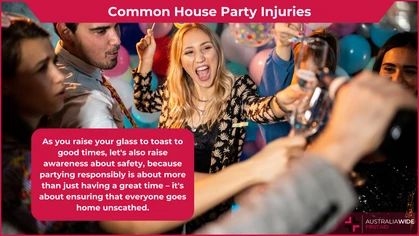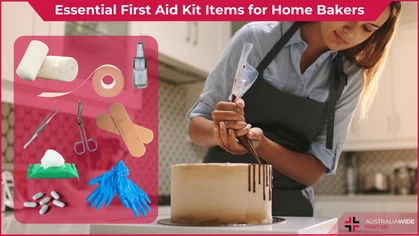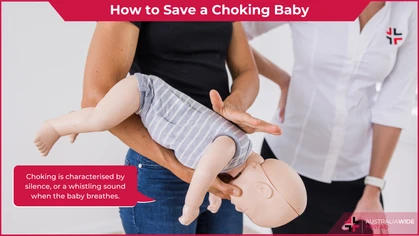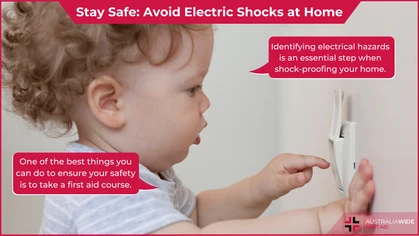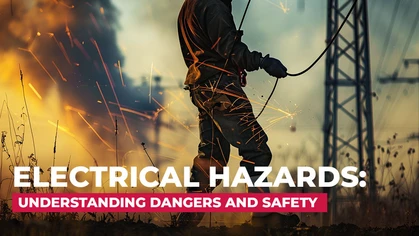Lightning Radars and Avoiding Lightning Strikes

Danger
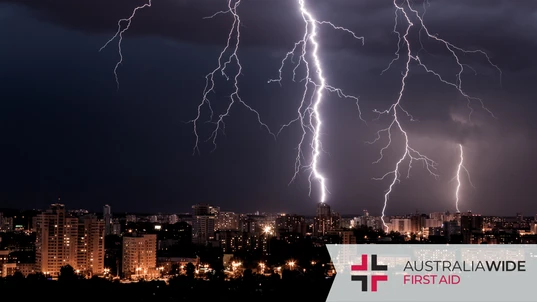
Lightning radars are used to track electrical activity during storms. They can be used to prepare for damage to electrical networks and to reduce your risk of a lightning strike. Lightning strikes can cause severe long-term impacts, such as difficulty thinking and concentrating.
Lightning radars are used to track electrical activity during severe weather events. They’re often used to prepare for damage to electrical networks, but they can also be used to reduce your risk of a lightning strike. In this article, we are going to look at how to identify and manage the symptoms of a lightning strike, as well as how to reduce your risk of a lightning strike. If you’re interested in getting hands-on experience with managing different emergencies, you can sign up for one of our general or childcare first aid courses near you.Lightning
Very simply put, lightning is an electrical discharge that occurs when there is an imbalance of electrons in the clouds or between the clouds and the ground. When lightning strikes the body, there is a nine in ten chance you’ll survive. Common symptoms of a lightning strike are:- Thermal burns
- Clothing that is blown apart or burned
- Breathing problems, including not breathing
- Confusion, disorientation, and memory problems
- Cardiac arrest or irregular heartbeat
- Personality changes, which can be permanent
- Loss of consciousness or coma
- Temporary hearing loss
- Numbness, tingling, or pain
- Weakness or paralysis
- Vision problems
How to Reduce Your Risk
In our article on lightning strikes, you can read about several different ways to reduce your risk of being struck by lightning, such as not going near water sources and removing jewellery and metal from your body. If you hear a buzzing sound and your hair starts to stand on end, you are in an area that is about to be struck by lightning and you need to leave immediately. If you’re in an area that is being affected by a storm, you should check a lightning radar to know when to stay inside or move inside immediately.Final Thoughts
If you’re in an area that is being affected by a storm, you should be aware of the risk lightning poses. Lightning strikes can be very serious and cause severe injuries. Check a lightning radar to know whether you should immediately take preventative measures. If you’re interested in getting hands-on experience with managing different emergencies, such as lightning strikes, you can sign up for one of our general or childcare first aid courses near you.
Originally published at
https://www.australiawidefirstaid.com.au/resources/lightning-radar
as part of the Australia Wide First Aid Articles Library



